It is essential to include sustainability in every aspect of design in this age of heightened environmental awareness. Through parametric design, a cutting-edge strategy that combines both creativity and environmental responsibility, sustainability is being fulfilled in the design industry in one way. This symbiotic relationship between form and function, creativity and diligence, has the power to restructure industries and spur constructive change.
The ability of parametric architecture to produce complex, varied, and frequently organic forms through the use of computational algorithms. Examples include the fluid, curvilinear Heydar Aliyev Center by Zaha Hadid in Baku, Azerbaijan; the Guggenheim Museum by Frank Gehry in Bilbao, Spain; and the Beijing National Stadium, also known as the “Bird’s Nest,” by Herzog & de Meuron, with its lattice-like structure. These landmark structures serve as a display for the parametric design technology’s seemingly endless creative potential and its ability to push the envelope of traditional architectural aesthetics and structural innovation.
Getting to Know Parametric Design:
A computational design method called parametric design uses parameters and algorithms to produce detailed and complicated structures. Parametric design uses the power of software to optimize designs depending on a range of criteria, in contrast to traditional design methods that rely on manual modifications. This adaptability enables the development of structures that are both intrinsically effective and aesthetically appealing.
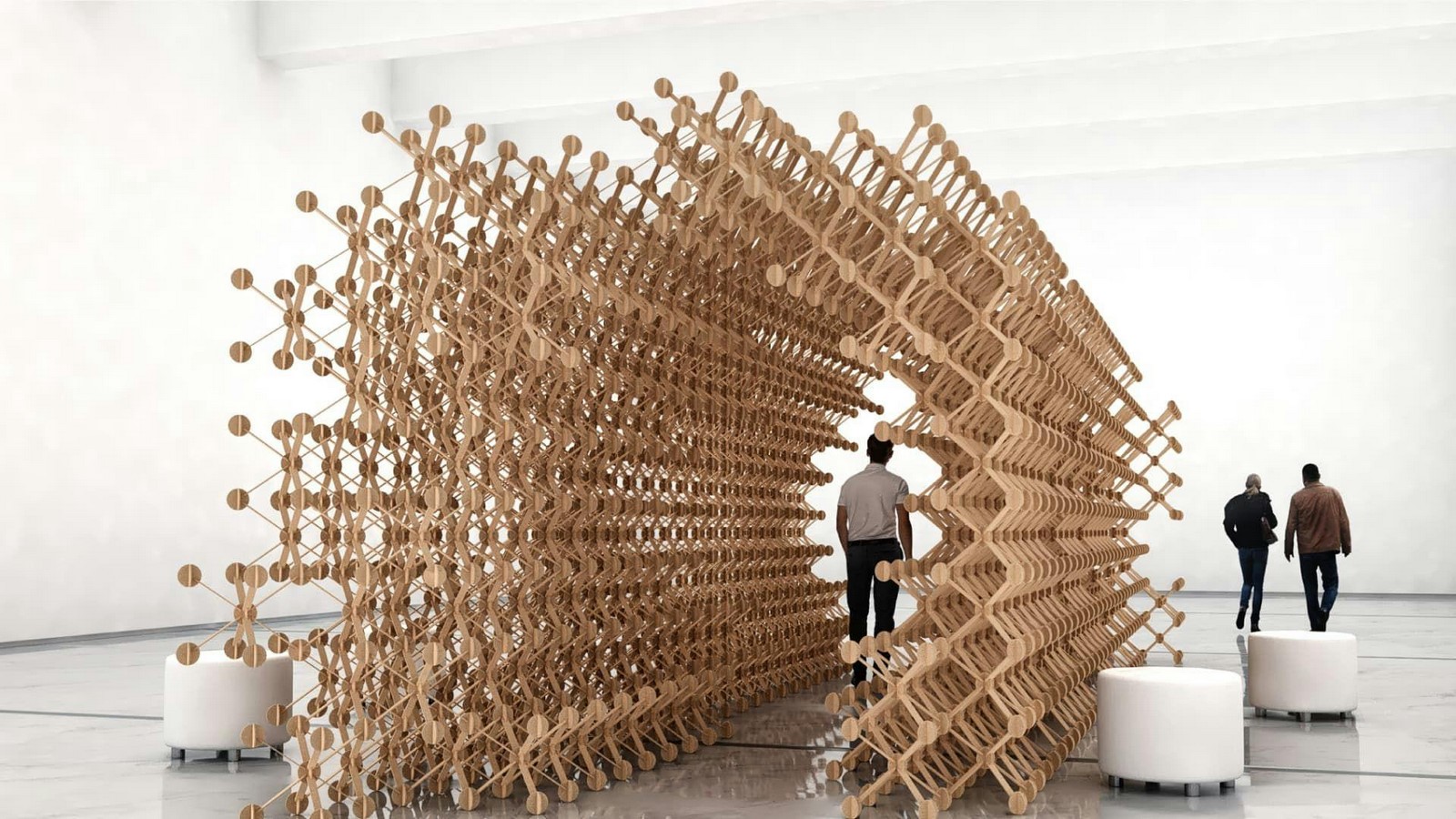
The Connection between Sustainability and Creativity:
The fundamental goal of parametric design is to optimize designs for certain performance criteria, which naturally fit with the sustainability tenets. By integrating environmental, economic, and social factors, designers can develop solutions that minimize negative effects and increase positive outcomes. This multifaceted strategy makes it possible to build buildings that use less energy, make better use of resources, and lessen the effects of climate change.
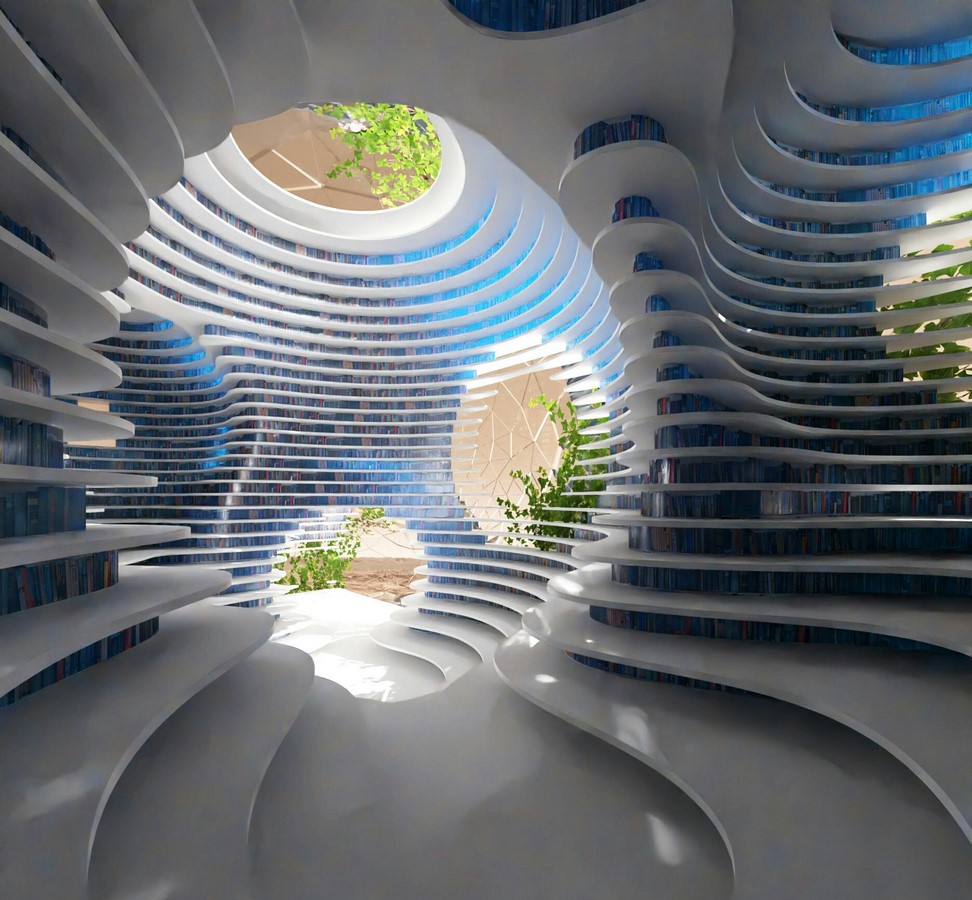
Parametric Design and Energy Efficiency:
Energy efficiency is a crucial component of sustainability in parametric design. Design professionals can explore many design options using parametric models to determine the most energy-efficient configurations. For instance, parametric design in architecture can assist in choosing the best building orientations and shapes to maximize natural lighting and ventilation, hence lowering the need for artificial lighting and HVAC systems. This improves tenants’ comfort and well-being while also consuming less energy.
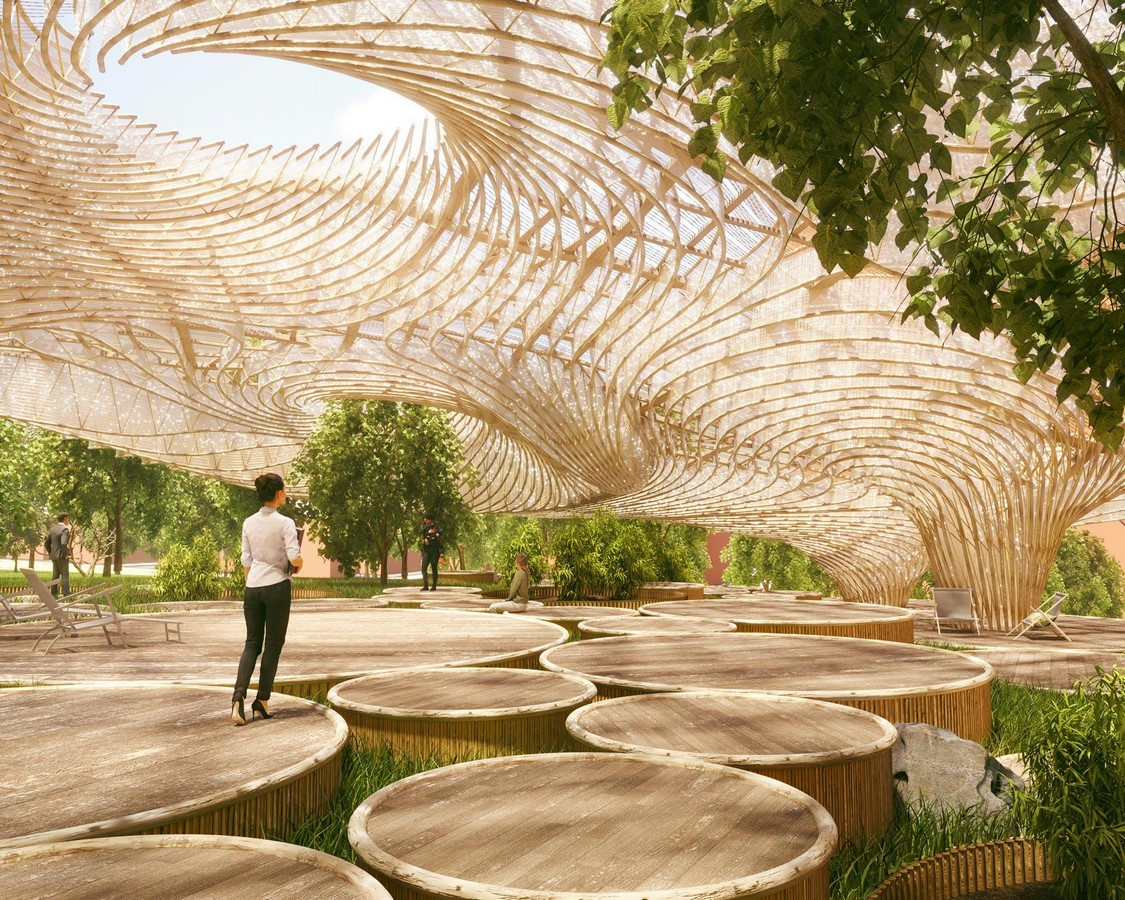
Optimization of Materials:
The optimization of materials also heavily relies on parametric design. Designers can find materials and forms that use fewer resources while retaining structural integrity by continually testing and altering parameters. As a result, buildings that are both light and durable are created, lowering the carbon footprint of raw material extraction, transportation, and manufacturing.
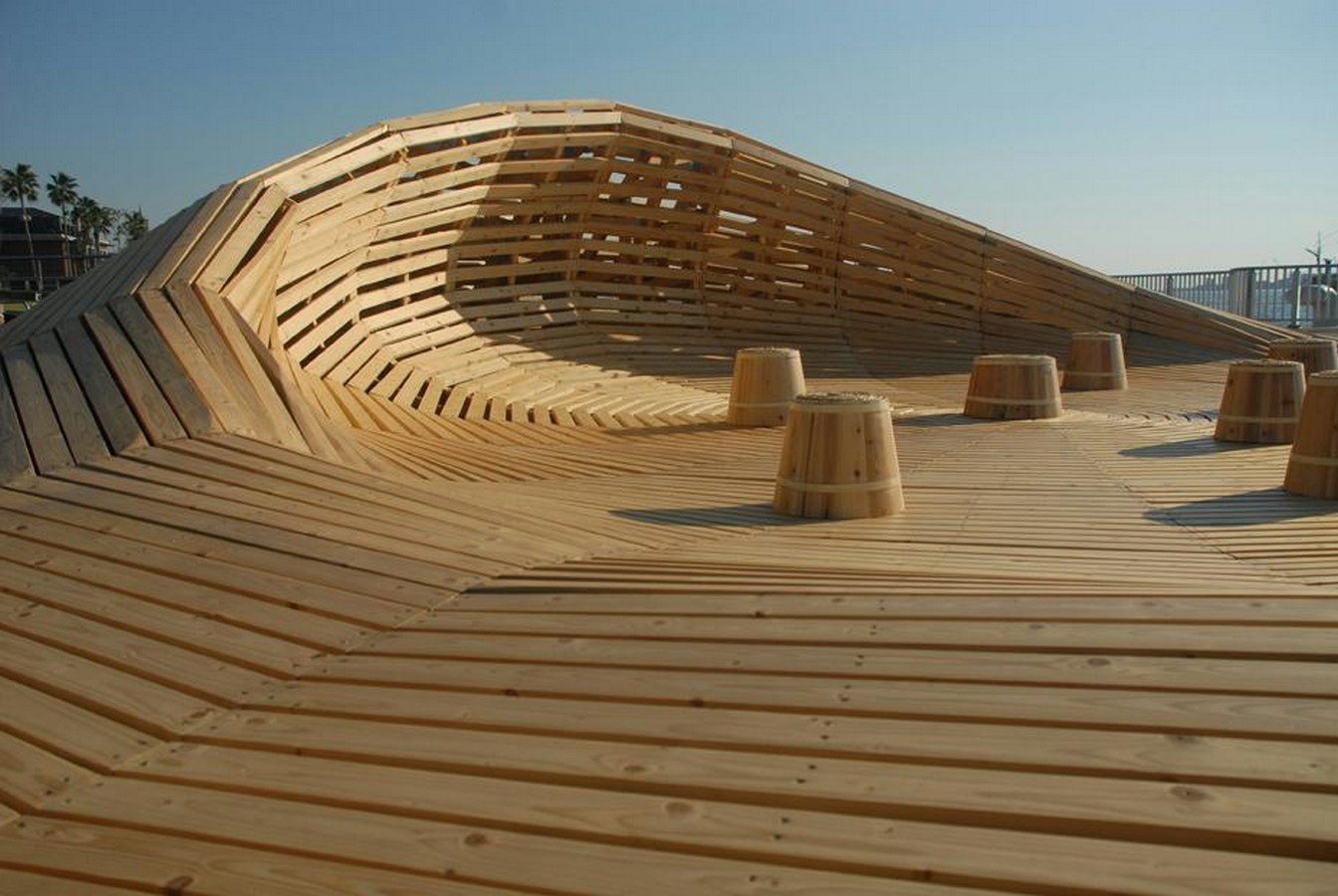
Longevity and Adaptability:
In parametric design, sustainability goes beyond the initial stage of building. Many structures that have been created using parametric design have adaptability and modularity, which enables them to change and adapt as demands change over time. For example, adaptive facades can change their openings in response to changing weather conditions, which eliminates the need for costly heating and cooling equipment. Furthermore, the durability of these designs reduces waste produced by repeated repairs or replacements.
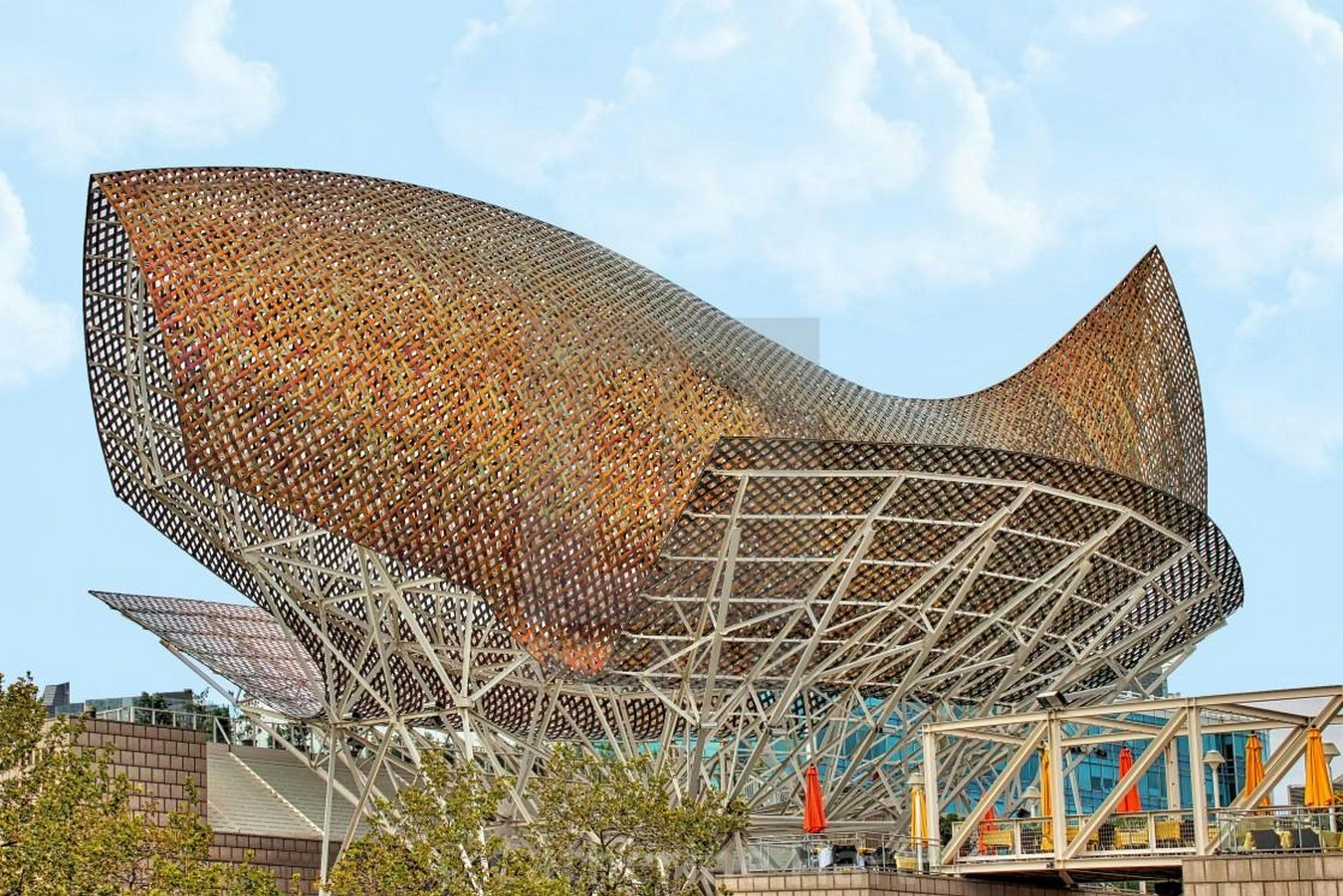
Inspiration from the Biome:
For many years, designers searching for environmentally friendly solutions have drawn inspiration from nature. It is possible to translate natural patterns and forms into architectural and product ideas using parametric design. This strategy, frequently referred to as “biomimicry,” not only yields attractive designs but also makes use of the effectiveness and sustainability of natural patterns. The potential of parametric design to borrow from nature holds enormous promise for sustainable innovation, from structures that copy the efficiency of spider silk to buildings that mimic the self-cooling mechanisms of termite mounds.
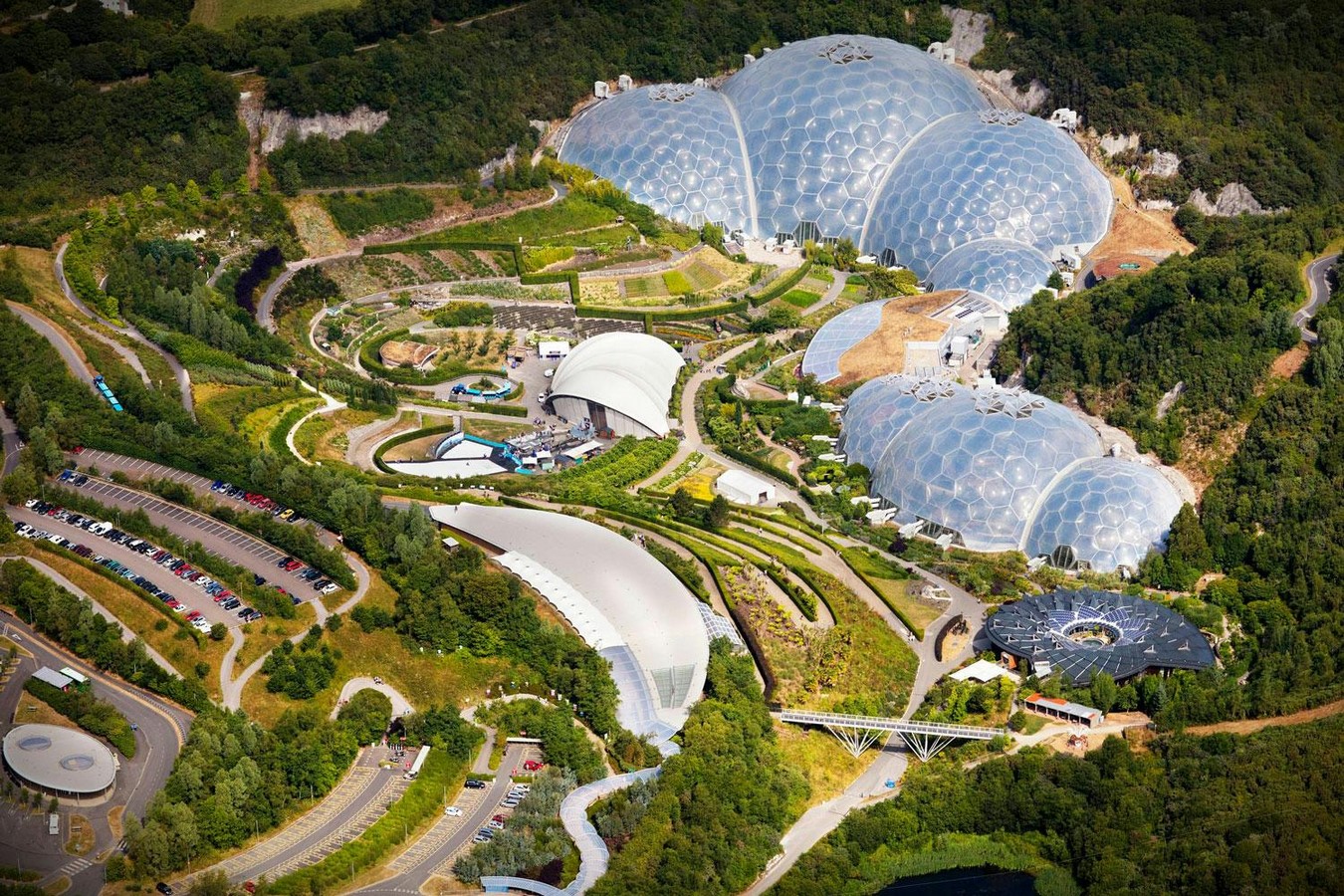
Challenges and Things to Think About:
The use of parametric design has a lot of potential for sustainability, but there are some obstacles to overcome. The requirement for interdisciplinary cooperation is one difficulty. To guarantee that all facets of sustainability are properly incorporated, successful sustainable parametric designs require the knowledge of architects, engineers, environmental scientists, and other experts. Additionally, parametric design tools and approaches have a learning curve that makes it necessary for designers to receive education and training to fully utilize their possibilities.
The Way Ahead:
The nexus of parametric design and sustainability provides a promising future direction for tackling environmental issues while promoting innovation. Advancements in software, materials, and procedures will enhance the potential impact of parametric design on sustainability as the discipline continues to develop. Additionally, parametric models’ reactivity to shifting environmental conditions can be improved by incorporating real-time data and predictive analytics.

As a result, parametric design and sustainability represent a paradigm change in the field of design. This movement places equal importance on environmental responsibility and aesthetics and functionality. Parametric design encompasses sustainability in its purest form through energy-efficient designs, material optimization, adaptability, and biomimetic inspiration. The future offers a multitude of sustainable breakthroughs propelled by the boundless possibilities of parametric design as designers, architects, and engineers continue to push the frontiers of what is possible.


















